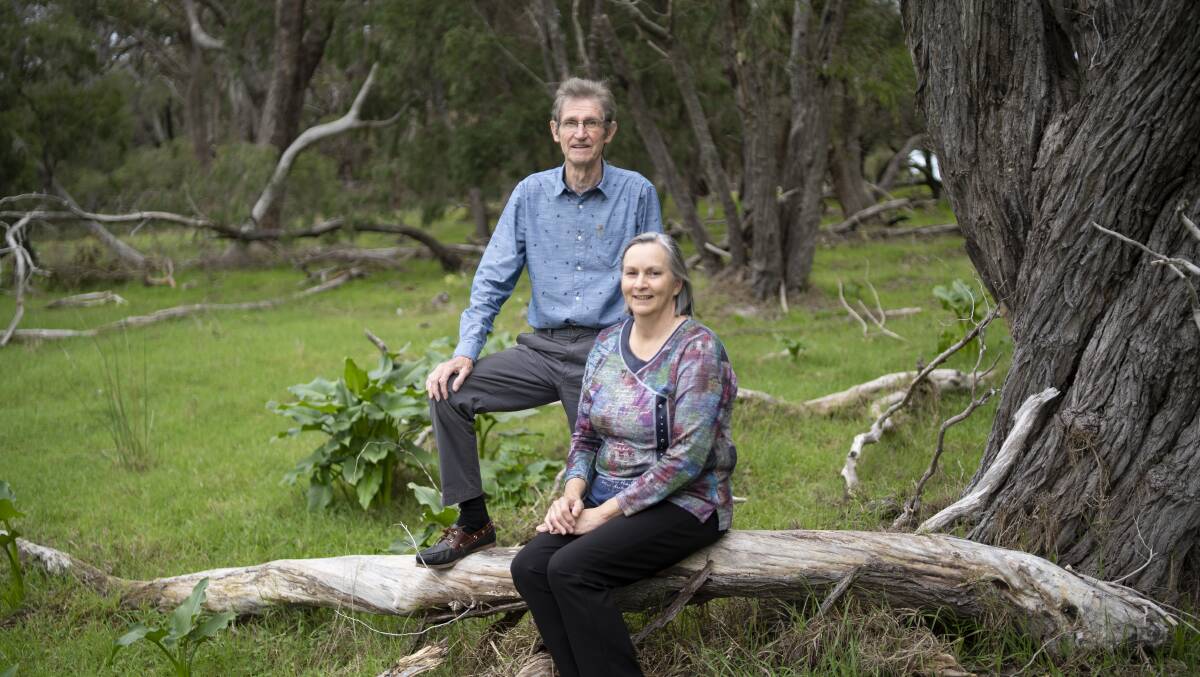
Residents of Burnside's rural-residential subdivisions are proof there is strength in numbers, with a handful of "neighbourhood champions" rallying troops and overseeing coordinated arum lily control.
Create a free account to read this article
$0/
(min cost $0)
or signup to continue reading
Nature Conservation Margaret River Region's Arum Lily Blitz is now entering year two and while project officer Genevieve Hanran-Smith said all efforts big and small were appreciated, neighbourhood champions like Helen Bradbury and Roger Holland were especially important for the program to succeed.
"They've really taken ownership of their area, helping to educate, recruit, and sometimes even do the work for their neighbours," she said.
"It's a big area we're tackling, so when people like Helen and Roger take the baton and run with it, we start seeing incredible results."
Mrs Bradbury has lived in the area for about six years and said before getting involved in the Blitz, there were portions of land riddled with knee-high arum lilies.
"It was getting worse every year, creeping in from the back boundary and then onto the block and among the trees," she said.
"We tried digging them up, but that wasn't really making a difference."
Mr Holland, who has been in the region for nine years, said he hadn't noticed how big the issue was until moving to the sub-division.
"When I realised it was a noxious weed, I decided to get involved," he said.
"And I knew I wanted to stick to this neighbourhood and focus my efforts here."
The duo are just two of many hundreds of landholders who have registered for the Blitz, which is a large-scale eradication effort implemented with funding support from the Western Australian Government's State NRM Program.
The three-year Blitz is taking place across all land tenures and provides participants with free herbicide and resources.
Properties in high priority areas with large infestations to deal with may also be eligible for contractor subsidies.
Ms Hanran-Smith said one of the core issues was people not realising the lily was a toxic weed, capable of poisoning livestock and pets, threatening biodiversity and reducing food availability for native animals.
But thanks to the efforts of people like Mrs Bradbury and Mr Holland, that was starting to change.
"By having all the neighbours involved, it means people's efforts will be more effective - you won't have problems like birds dropping seeds across boundary lines," Ms Hanran-Smith said.
"And it makes management on rural-residential properties so easy, especially when people are sharing resources."
For more information or to register, go to www.natureconservation.org.au

